Elimination Diet for IBS
and Other Food Sensitivities
An Elimination Diet is not only good to help us identify potential food triggers for IBS symptoms, but it's
also ideal to uncover the cause of other problems, such as skin rushes, eczema, excessive mucus production,
itching and a score of other problems.
After you've read the article, see whether you can answer the following questions:
- Why is it important to identify trigger foods for people with IBS?
- What is better for you, a Food Journal or an Elimination Diet?
- Are fruit and vegetables the best food for this kind of diet?
- Does the type of fibre in food makes a difference?
- Which type of action is better for you?
First of all, why do we need an elimination diet?
Identifying trigger foods that set off your particular IBS symptoms can be difficult. Even people without IBS will have a gastrointestinal reaction to certain foods once in a while.
But people with IBS have a heightened sensitivity to foods. So if they react badly to a particular food they're likely to avoid it for good.
But what if the reaction was due to unusual stress, or a mild case of food poisoning or just one of those normal gut reactions?
You might avoid a food forever for no good reason. You might be so afraid of an attack of diarrhea, constipation or horrific gas that you might err on the sight of caution and keep off that particular food, becoming seriously food phobic.
But too much caution can have serious consequences. It can lead to low blood sugar, weight loss, malnutrition and another kind of socially awkward situation: you can become afraid of eating with friends and going out for fear of an attack.
So what can you do to identify the foods that are at the root of your IBS symptoms? It all depends on
whether your symptoms are severe or mild.
IBS Journal
If your symptoms are not so severe, you might want to just keep a food diary or a IBS journal. This is how it works:
- Your journal should list exactly what you eat, when you eat, what symptoms you experience, as well as your emotional state for the day. Make a special note if you feel particularly tense, anxious or stressed.
- When you have an IBS attack, consult your diary to see which foods you ate in the previous 24 hours and start a list of your potential triggers.
- Keep eating normally, always noting which foods you ate in the 24 hours prior to an attack and adding new items to your potential trigger list.
- When a food already on your list precedes an attack, make a mark next to it each time it comes up.
- After a few weeks, those marks should tell you which foods are most likely to trigger an episode.
- Narrow down your list to the three most likely triggers and avoid those foods entirely for two weeks.
- Continue to keep your IBS journal and repeat the process.
- Every once in a while test your trigger foods again (one at a time) to make sure you're not avoiding them for no reason.
Over time you'll have a good idea of which foods you need to avoid to feel well and which you can eat safely.
PLEASE NOTE:
If you find yourself with more than five main trigger foods, see a nutritional therapist to make sure that the rest of your diet is making up for whatever nutrients you're missing by eliminating those foods.
The Elimination Diet
For people with extreme IBS symptoms, the simplest way to identify
the right trigger foods is to first follow an Elimination Diet for five
to seven days. People with other conditions may want to do it over a longer period of time, perhaps 2
or 3 weeks, as they may take longer to clear (like skin problems, for example).
What does it involve? In short, it's a meal plan that avoids all potential offending foods, then slowly reintroducing them one by one.
Along the way you keep track of reactions to foods you are reintroducing in a food diary.
PLEASE NOTE:
Following a diet of this kind can be very difficult due to the limited selection of food. So you need to be pretty committed from the start. But if you're currently suffering, better to put up with a week of discomfort than a lifetime of untreated abdominal pain.
What Type of Elimination Diet?
If you have diarrhea-predominant IBS, your five- to seven-day Elimination Diet will avoid all trigger foods plus all fibre, including soluble fibre.
If you have severe constipation-predominant IBS, your Elimination Diet will avoid all trigger foods, but incorporate foods rich in soluble fibre and small amount of insoluble fibre.
Whichever plan you follow, after about a week you'll be ready to test some of the potential trigger foods.
It's best to try one new food every two to three days and carefully documenting what you eat and how you feel during the 24 hours afterwards.
How about fruit and vegetables?
The best foods for IBS health are those that are gentle on the digestive system and which encourage "smooth passage" through the intestines.
As much as it pains me to say so, vegetables, fruit and whole grains are a bit hard for the body to break down, so they should be limited until your symptoms subside and you identify foods that are problematic for you.
There's no doubt that fruits and vegetables are really the best healthy foods you could possibly eat. But if you suffer with severe IBS symptoms, especially with frequent bouts of diarrhea, you need to be sure of which fruits and vegetables you can tolerate without setting off the symptoms.
A friend of mine, for example, was suffering with debilitating diarrhea. She thought it was caused by
something she was eating, hence she tried staying off wheat, coffee, chocolate and all sort of other foods,
but nothing seemed to work. She was having salad every day trying to be "healthy", until she found out that
that was exactly what was causing her problems. Through trial and error she finally found out how much of it
she could eat without setting off her symptoms.
Fibre in the Elimination Diet
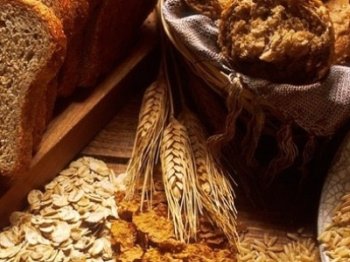
Fibre (or 'fiber' outside Britain) comes in two main varieties: soluble and insoluble.
Soluble fibre dissolves in water and turns into a kind of gooey, gummy consistency.
Insoluble fibre is tougher. It doesn't dissolve and pretty much keeps its form, but does absorb a lot of water.
Although insoluble fibre is generally healthy and very beneficial for most people, it can be very hard on the intestines of people with IBS. Insoluble fibre speeds food through the colon, something that many diarrhea-predominant IBS sufferers want to avoid.
People with constipation-predominant IBS may want to experiment with how much insoluble fibre they can eat without experiencing too much gas and bloating.
Soluble fibre, on the other hand, promotes regularity, regardless of the type of IBS you have. That's why you'll find plenty of soluble fibre integrated particularly into the Elimination Diet for IBS with Constipation.
Now that you've read the article, how would you answer these questions?
- Why is it important to identify trigger foods for people with IBS?
- What is better for you, a Food Journal or an Elimination Diet?
- Are fruit and vegetables the best food for this kind of diet?
- Does the type of fibre in food makes a difference?
- Which type of action is better for you?
What To Do Next
If you suffer with diarrhea-predominant IBS go to IBS wit Diarrhea - The Elimination Diet.
If you suffer with constipation predominant IBS go to IBS with
Constipation - The Elimination Diet.
IBS Related Pages:
Causes of
Irritable Bowel Syndrome
Symptoms of Irritable Bowel Syndrome
IBS Trigger Foods - Foods to Avoid If You Suffer with Irritable Bowel Syndrome
Elimination Diet for IBS and Other Food Sensitivities
IBS with Diarrhea - The Elimination Diet
IBS With Constipation - The Elimination Diet
IBS Foods - Healing Foods to Regulate Your Colon
External source of information on IBS that I found very useful:
International Foundation for Functional Gastrointestinal Disorders
- Home --->
- Causes of IBS --->
- Diet for IBS --->
- Elimination Diet for IBS
Search for information on this site:
Receive Discover the Power of Healing Foods! Free
Newsletter
IBS RELATED
ARTICLES:
Symptoms of Irritable Bowel Syndrome
IBS Trigger Foods - Foods to Avoid If You Suffer with Irritable Bowel Syndrome
Elimination Diet for IBS and Other Food Sensitivities
IBS with Diarrhea - The Elimination Diet
IBS With Constipation - The Elimination Diet
IBS Foods - Healing Foods to Regulate Your Colon
Foods for IBS with Diarrhea - healing Foods To
Soothe your Colon
Most Popular
Pages:
The Best "Fish Oil" Supplement is Not Made from Fish
Bananas for High Blood
Pressure

Elimination Diet for IBS and Other Food
Sensitivities
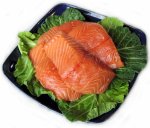

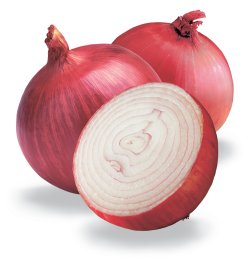
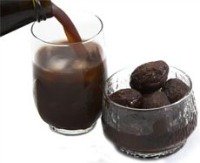

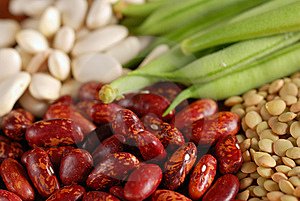


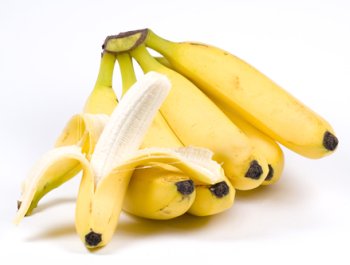
New! Comments
Have your say about what you just read! Leave me a comment in the box below.